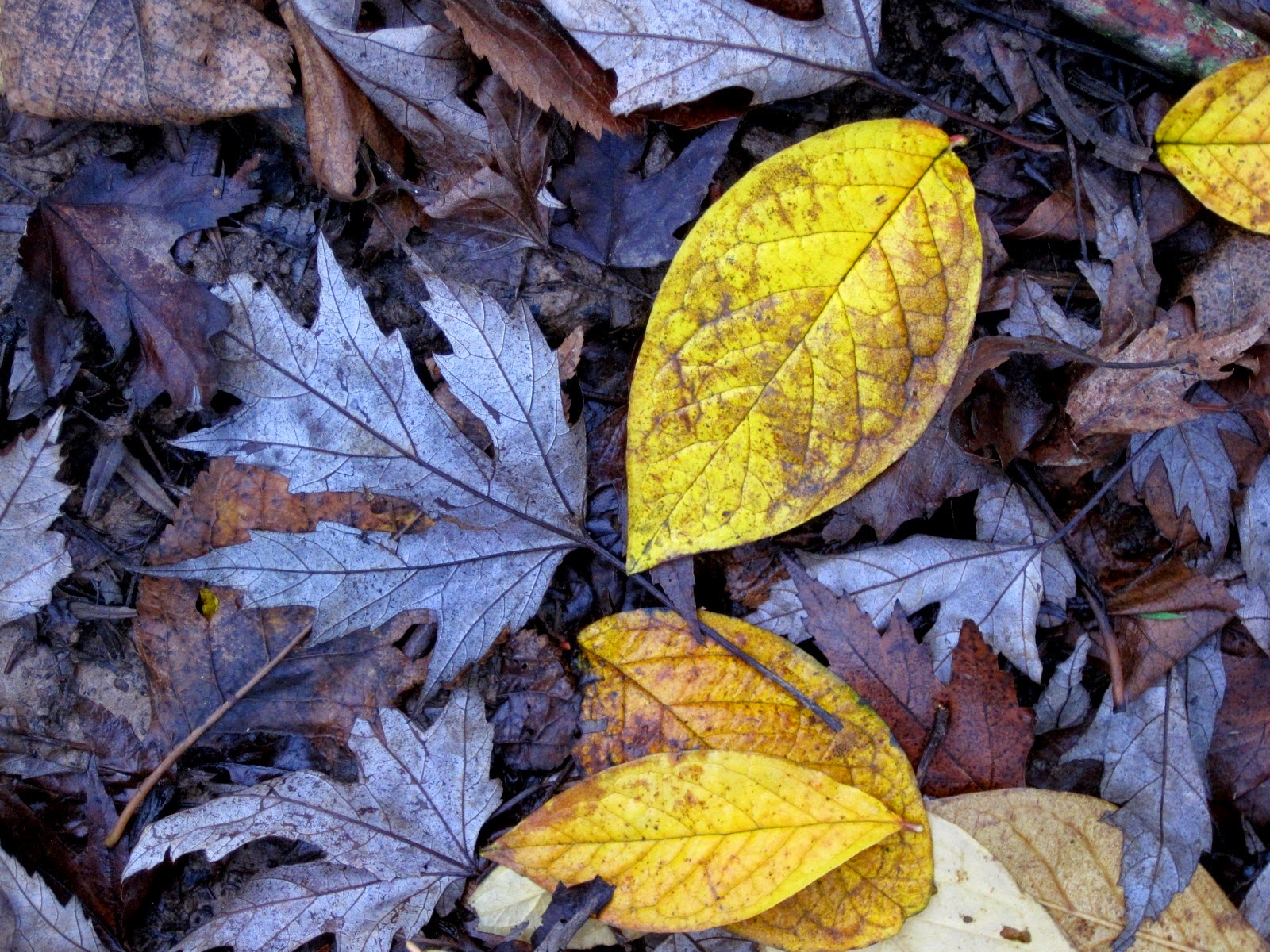We are making a start on coppicing at Filnore Woods. The objectives are twofold: one is for wildlife conservation reasons, and the other is to harvest some useful wood.
For centuries coppicing was a widely used woodland management technique. Taking advantage of the fact that most native trees will re-sprout if cut down to near ground level, our ancestors would harvest small wood and larger timber on a rotational basis, cutting a different part of the woodland each year.
A coppice stool - the root will re-shoot
This resulted in a varied mosaic of habitats varying from open ground through low shrubby growth and dense thicket to large trees again when the area would be re-coppiced. So there was always somewhere for the sun-loving flowers and insects, somewhere for the ground nesting birds and somewhere for shade-loving ferns and hole-nesting birds.
So harvesting wood incidently produced a varied wildlife habitat.
Nowadays it is the other way round. The emphasis is more on the benefit to wildlfe, with the wood obtained being a useful by-product.
Re-growth on last year's coppice stools
The hazel that we coppiced last winter grew again but it has had a setback because deer have been browsing the shoots and the plants have had to try again.
Shoots bitten off by deer
Beanstick sale will be on Saturday 11th April in the Leisure Centre car park.























